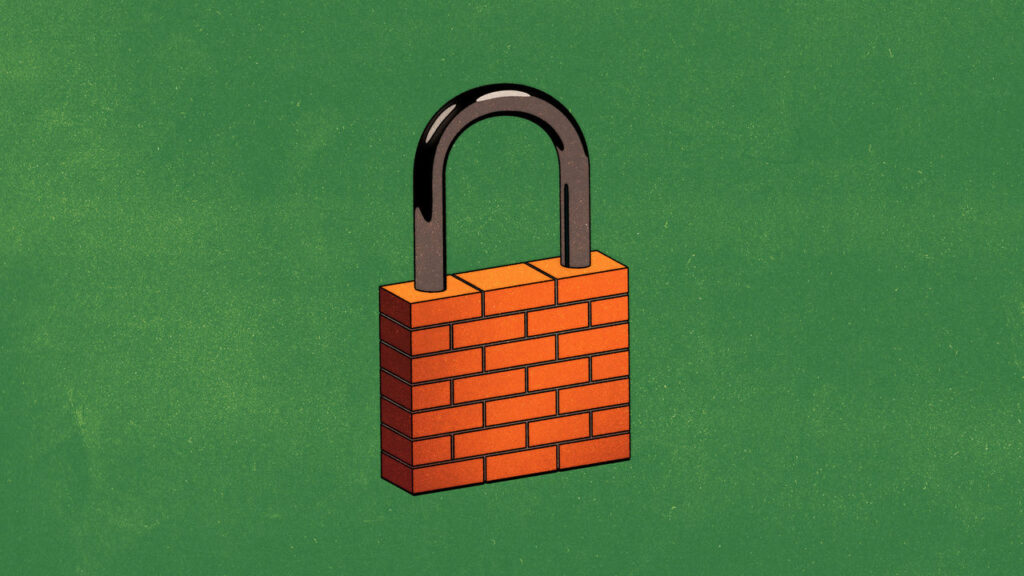Housing affordability has emerged as a pressing concern in many urban areas across the globe, and the question of why housing costs are so high has garnered extensive debate. Explanations for the skyrocketing prices often fall into two distinct camps. The first camp attributes the escalating costs to issues on the supply side. Here, proponents argue that various restrictions on land use, combined with the actions of NIMBY (Not In My Backyard) campaigners who resist new developments, have severely hindered housebuilding activities in affluent regions. This limitation on supply minutely compounds the existing housing crisis, creating a chasm between what is available and what is actually needed to meet the growing demand for living spaces.
Conversely, the second camp emphasizes demand-side factors influencing housing costs. Notably, a long-term decline in real interest rates has contributed to an increased demand for all types of assets, including housing. With borrowing becoming more affordable due to favorable credit conditions, prospective homebuyers have been willing to pay higher prices for properties, thereby driving up overall housing costs. The economic environment of the early 2020s, characterized by historically low-interest rates, reinforced this dynamic, leading to inflated valuations within the real estate market.
However, an intriguing phenomenon was observed during the early 2020s where, despite rising interest rates in several affluent nations, housing prices remained relatively stable. This peculiar scenario prompted further investigation into the underlying factors that could explain such resilience in housing prices against the backdrop of increasing credit costs. Recent academic research has illuminated the intricate relationship between fixed housing supply and fluctuating demand, presenting a more nuanced understanding of the conundrum.
One of the critical insights shared by these studies is that housing supply is relatively inelastic in the short term. That is to say, even when interest rates rise and the cost of borrowing escalates, the existing inventory of homes cannot be quickly adjusted to align with changes in demand. This rigidity in supply means that housing prices can remain buoyed even when external economic conditions appear to favor a decline. Furthermore, these studies suggest that the demand for housing is not solely a function of current interest rates but is influenced by various demographic and economic trends, including population growth, urbanization, and changes in income levels.
As cities continue to grow and attract newcomers, coupled with the limited capacity to build more residences due to regulatory constraints, this increasing demand against a relatively fixed supply landscape will likely continue to push housing prices higher. The research indicates that even if interest rates stabilize or rise moderately, the structural issues surrounding housing supply—a combination of government regulations, community opposition, and bureaucratic delays—will continue to present significant barriers to increasing housing stock.
This dual-framework approach—considering both demand surges driven by factors like low interest rates and supply-side constraints—is crucial for policymakers seeking to mitigate the housing crisis. Efforts to streamline zoning laws, promote sustainable development, and foster community engagement might help ease the restrictive environment that currently plagues housing construction. By addressing these challenges holistically, we can facilitate the development of a more balanced housing market that accommodates the needs of all citizens.
In conclusion, the question of why housing is so expensive cannot be approached through a singular lens. Understanding the interplay between supply and demand, especially in the context of regulatory barriers and economic shifts, is essential for crafting effective policy responses. As cities evolve and the population grows, the pressures on housing availability will only intensify, making the resolution of these issues increasingly urgent in the pursuit of sustainable and affordable living environments.









